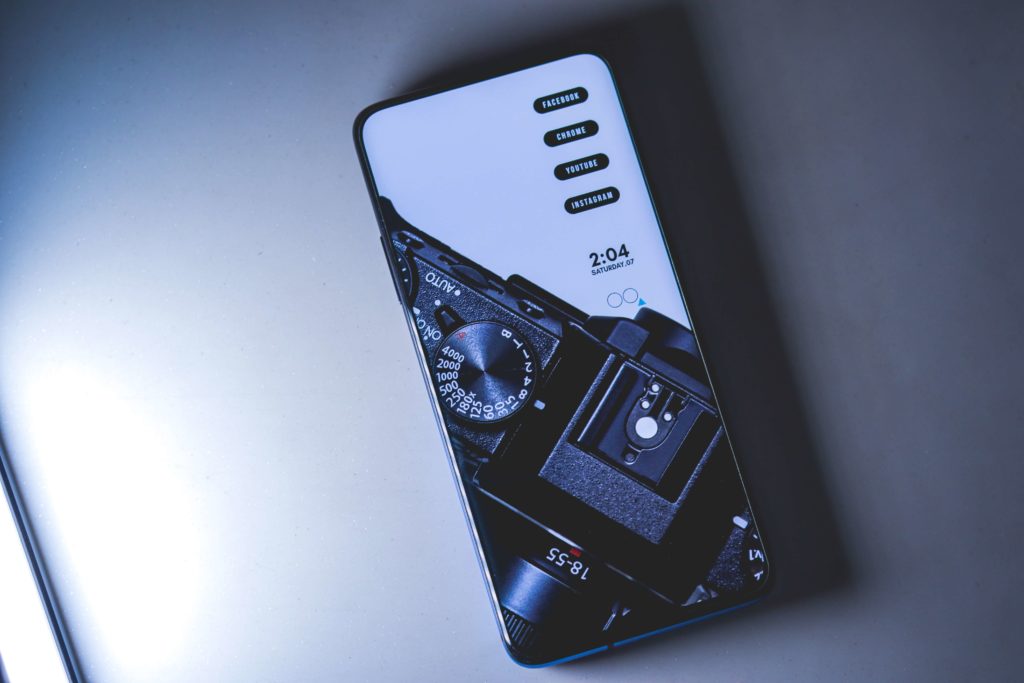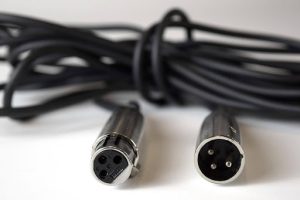Top 10 Best Camera Phones Under Rs 15, 000 in India

Top 10 Best Camera Phones Under Rs 15, 000 in Indi
Millennials today opt for products that give them value for money. Not everyone wants to splurge an exorbitant amount on a smartphone. A budget phone with a great concoction of top-of-the-line specifications is what the new generation wants. And amongst all the features, the camera still rules because who doesn’t want to get thousands of likes on social media platforms by flaunting a flawless picture? As a result, global smartphone giants are coming up with a plethora of options that are not only affordable, but also come with excellent imaging capabilities. If you are confused about which one to choose, we are here to help you.
Also Check out this list of best camera phones under 15000.
Why Opt For Budget Camera Phones Under Rs 15, 000?
As companies keep innovating, smartphones are also constantly evolving. Every next version has exciting features that distinguish it from its prequel. Better camera, bigger battery, higher storage life, these are just some of the improvisations we see. So, it is always a safe option to invest less if you are looking for a budget camera phone because, in just a few days, the smartphone company will bring another major innovation in the camera department. And that’s where you can think of purchasing the new model without giving a second thought.
List Of Best Camera Smartphones Under Rs 15,000
Redmi Note 9 Pro (INR 14, 999)
Redmi Note 9 Pro is fitted with a quad-camera setup at its rear comprising a 48MP primary Samsung ISOCELL GM2 processor with f/1.79 aperture, PDAF, EIS and LED flash, an 8MP secondary 120-degree ultra-wide-angle lens, a tertiary 5MP macro lens, and a 2MP fourth depth sensor with 4K video recording support at 30fps.
Realme 6 (INR 13, 999)
Realme 6 comes with a quad-camera setup at the rear with a 64MP Samsung GW1 primary sensor with EIS, LED flash and f1/.8 aperture, a secondary 8MP 119-degree ultra-wide-angle lens with f/2.3 aperture, a 2MP tertiary mono sensor, and a 2MP fourth macro lens with the ability to click 4cm macro shots and f/2.4 aperture. These features allow users to click crystal clear pictures with utmost clarity and precision.
Realme 5i (INR 9979)
Realme 5i comes with quad cameras at the rear similar to the other devices in the Realme 5 series. It comes with a 12MP primary Sony IMX386 sensor with LED flash, PDAF, EIS, and f/1.8 aperture, an 8MP ultra-wide-angle secondary sensor with f/2.25 aperture, a 2MP tertiary depth sensor, and a fourth 2MP macro lens. There is an 8MP selfie camera housed in the notch.
Samsung Galaxy M31 (INR 14, 999)
Samsung Galaxy M31 is one of the more affordable smartphones to feature a quad-camera setup. The camera department is an amalgamation of 64MP primary Samsung GW1 sensor with LED flash and f/1.8 aperture, a secondary 8MP ultra-wide-angle lens with 123-degree field of view and f/2.2 aperture, a 5MP tertiary depth sensor with f/2.2 aperture and a 5MP fourth macro sensor with f/2.4 aperture. Besides this, there is a 32MP Sony IM66 selfie sensor with f/2.0 aperture.
Tecno Camon 15 Pro (INR 14, 999)
Tecno Camon 15 Pro features a triple-camera setup at its rear with a 48MP primary camera sensor, a 5MP secondary 115-degree ultra-wide-angle lens, and a 2MP tertiary sensor for 2cm macro shots. The Ultra Night Lens is supported by DSP chip and it comes with f/1.79 aperture. The other notable aspect of this smartphone is the presence of a 32MP selfie camera sensor within a pop-up camera module.
Vivo U20 (INR 10,990)
The Vivo U20 features a 16MP primary with an aperture of f/1.8, an 8MP secondary wide-angle lens with f/2.2 aperture and a tertiary 2MP macro lens with f/2.4 aperture and the ability to capture images at up to 4cm. There is support for night mode, the ability to capture ultra-wide-angle images, and slow-motion videos at up to 60fps.
Realme 5s (INR 11, 169)
Realme 5s features quad cameras at the rear with the four sensors arranged vertically at the top left corner. This camera module comprises a 48MP primary sensor with an aperture of f/1.8 aperture, which is an upgrade to the 12MP sensor in the Realme 5. The others include an 8MP 119-degree ultra-wide-angle lens, a 2MP depth sensor and a 2MP sensor with support for 4cm macro shots.
Moto G8 Plus (INR 12, 999)
Motorola’s latest offering, the Moto G8 Plus is one of the best triple camera smartphones priced under Rs. 15,000. It comes with a 48MP primary Samsung GM1 quad pixel camera sensor with LED Flash, PDAF and f/1.79 aperture. The secondary sensor is a 16MP ultra-wide-angle Action camera with quad-pixel technology. Also, there is a third 5MP depth sensor with laser autofocus.
Nokia 6.2 (INR 12, 265)
There are triple cameras at the rear of the Nokia 6.2. The smartphone features a 16MP primary camera sensor with Night Mode, Portrait Mode, AI features, and more. It has an aperture of f/1.8 and an LED flash as well. The secondary sensor is an 8MP ultra-wide-angle lens with a 118-degree field of view and f/2.2 aperture. The third one is a 5MP depth sensor. Up front, there is an 8MP selfie camera with f/2.0 aperture.
Xiaomi Mi A3 (INR 13, 499)
Xiaomi Mi A3 flaunts triple rear cameras with a 48MP primary Sony IMX586 sensor with f/1.79 aperture, EIS and LED flash, an 8MP secondary ultra-wide-angle lens with 118-degree field of view and f/2.2 aperture and a 2MP depth sensor with f/2.4 aperture. Up front, there is a 32MP selfie camera housed with the waterdrop notch with f/2.0 aperture.
These best phones under Rs.15000 are not just well-priced, but some of them can even replace the best flagship smartphones. Not just excellent optics, these phones even offer fingerprint sensors, unibody design, metal builds and even some of them have massive battery departments. So, the next time you are spoilt for options, you know which one to choose. If you have any other option other than the ones shared here, let us know in the comment section below.
Table of Contents








